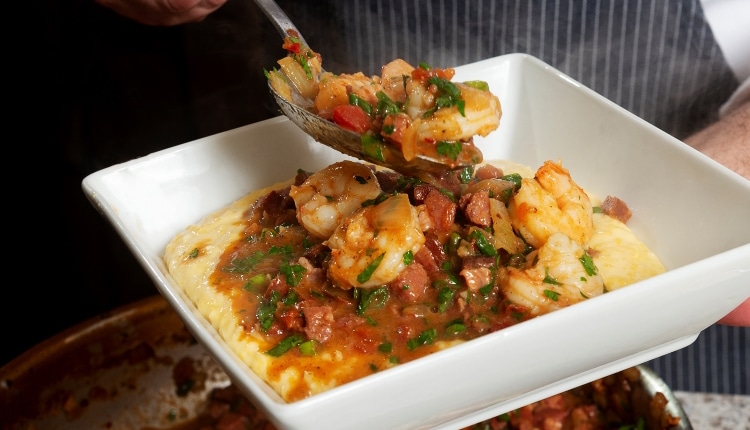I have been a big fan of grits for a long time, or at least what I thought was grits. About 10 years ago I got to try some OG Grits. They were coarse-ground with a stone mill powered by the War Eagle Creek (a tributary of the White River) in Rogers, Arkansas. Quick grits do not taste like this, nor do other coarse-ground grits you get in the store. The difference is similar to the difference between freshly squeezed lemon juice and bottled lemon juice. If you have always used lemon juice out of a plastic bottle, that is lemon juice to you. But once you figure out you can squeeze it out of a fresh lemon, there is a clear and distinct difference. A word of warning: Just like getting lemon juice from the bottle vs getting lemon juice from a fresh lemon, there is extra work. But the final result is worth it.
Soak
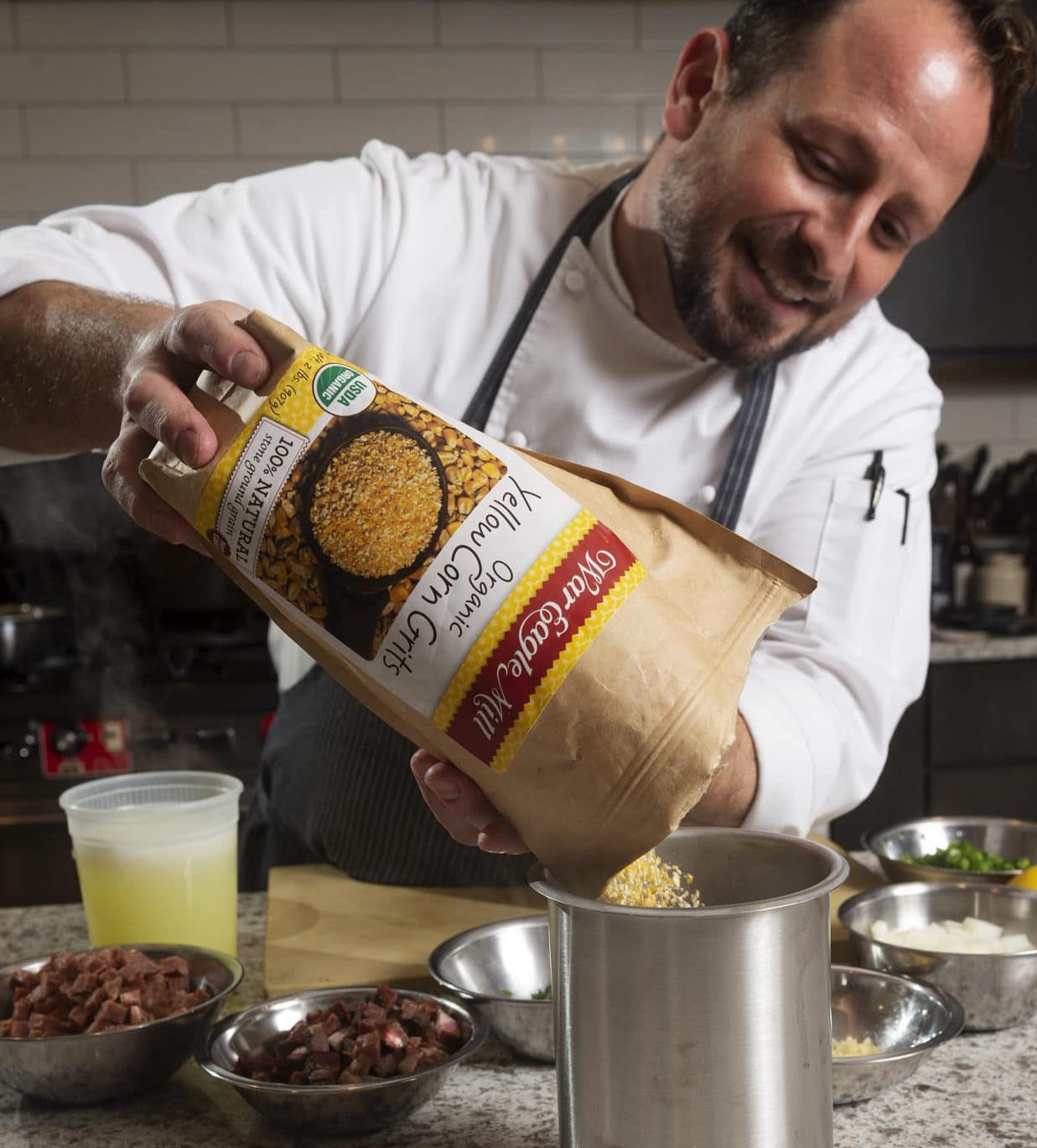
Cook
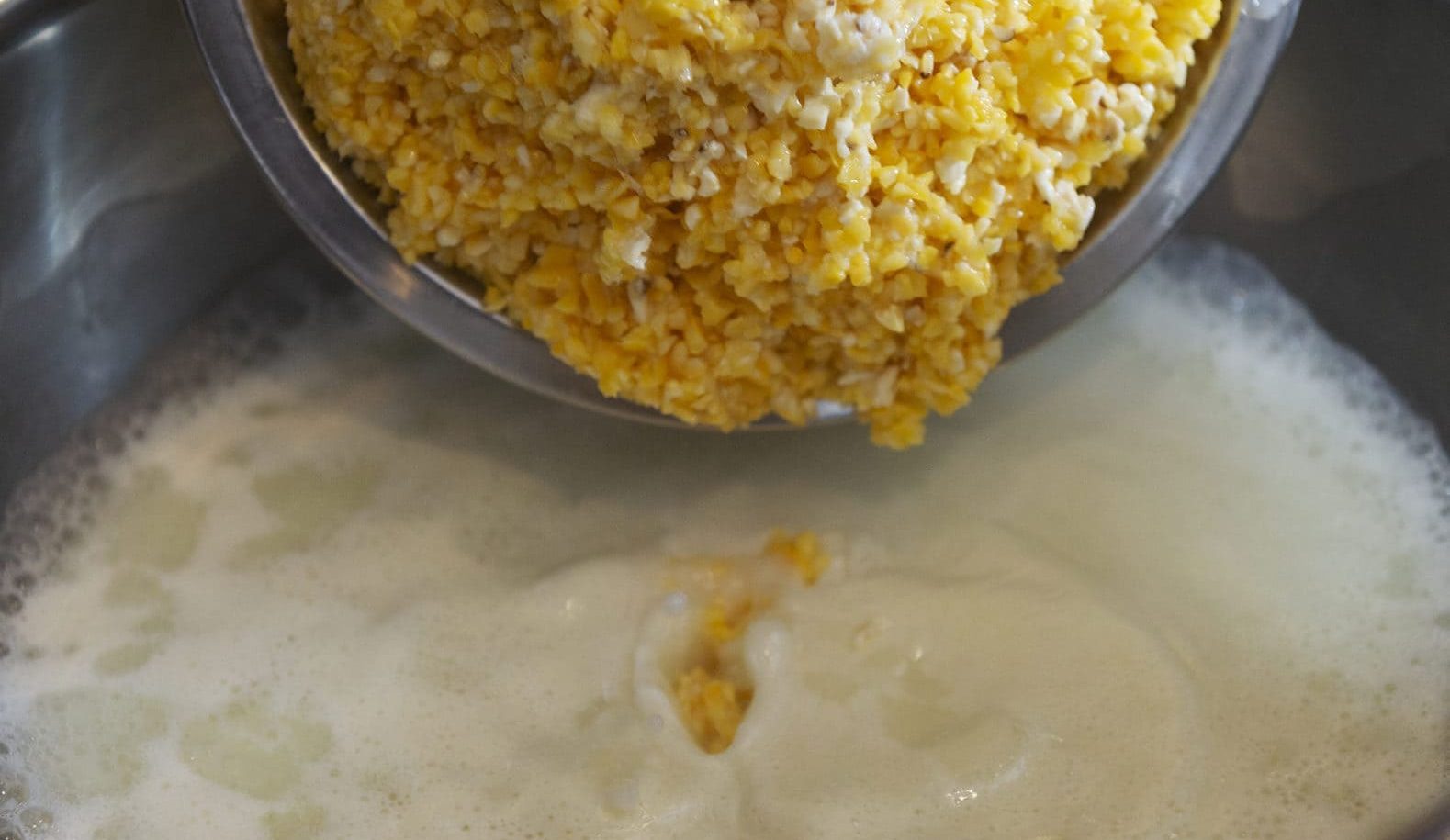
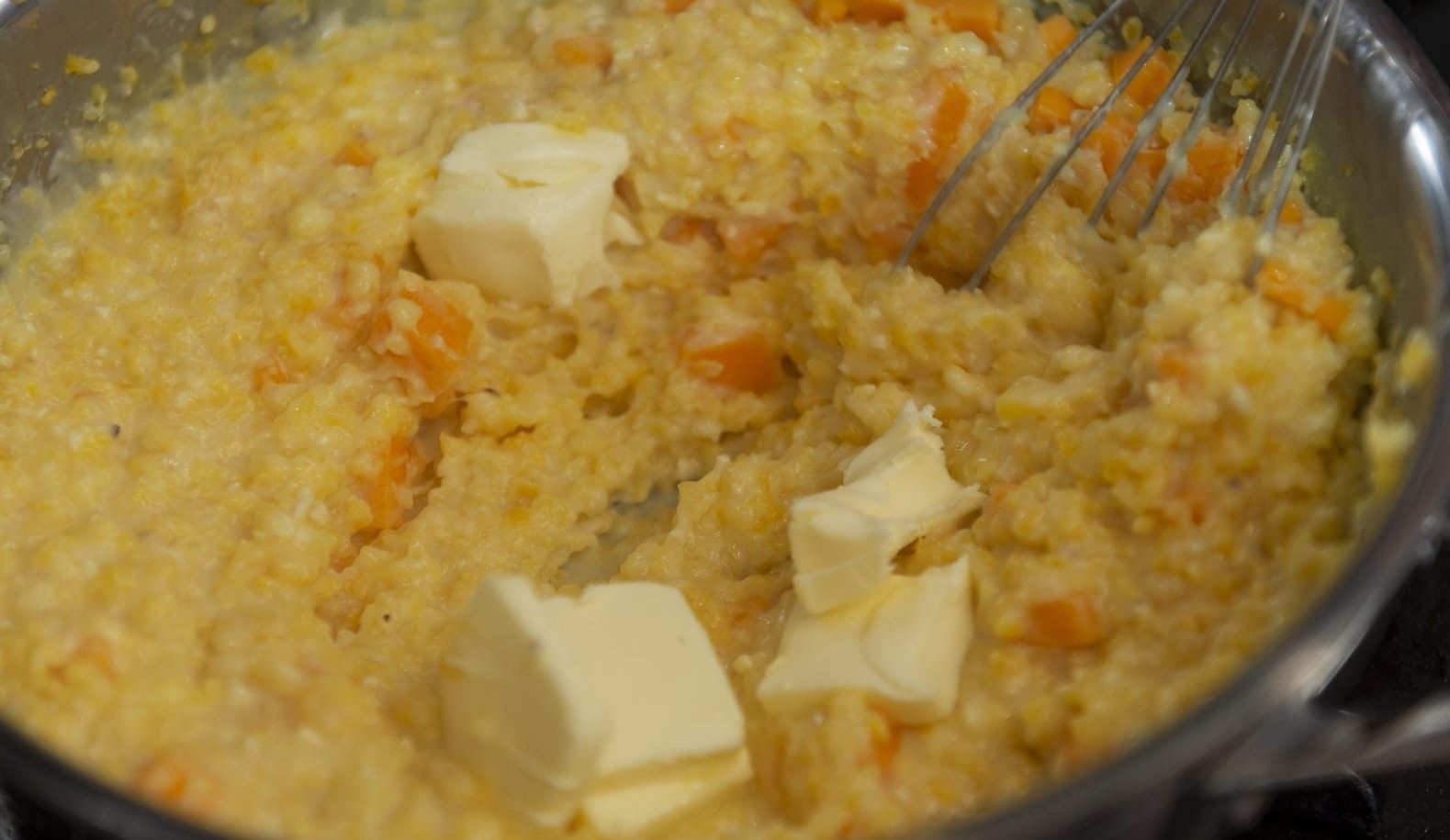
Shrimp
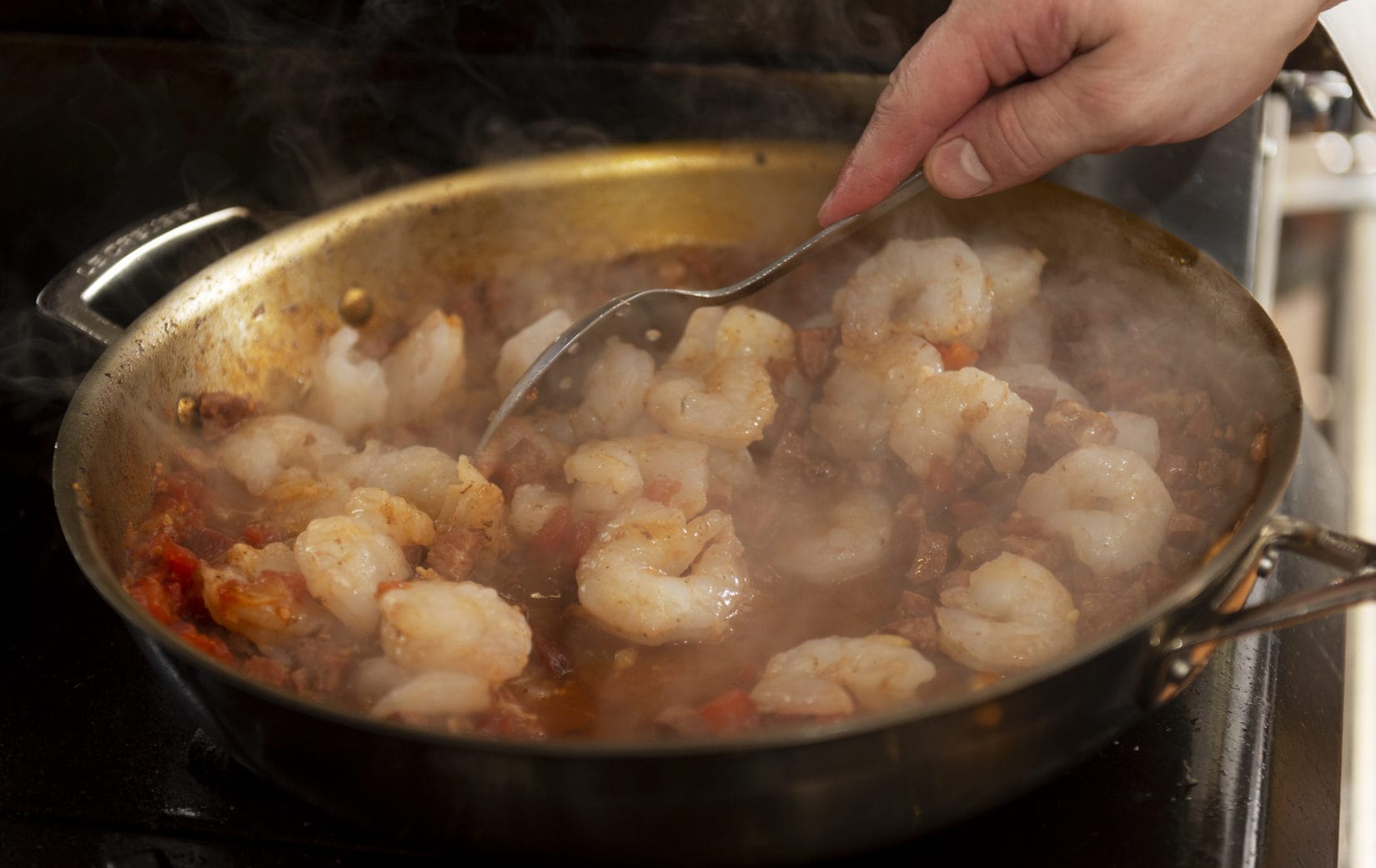
Other
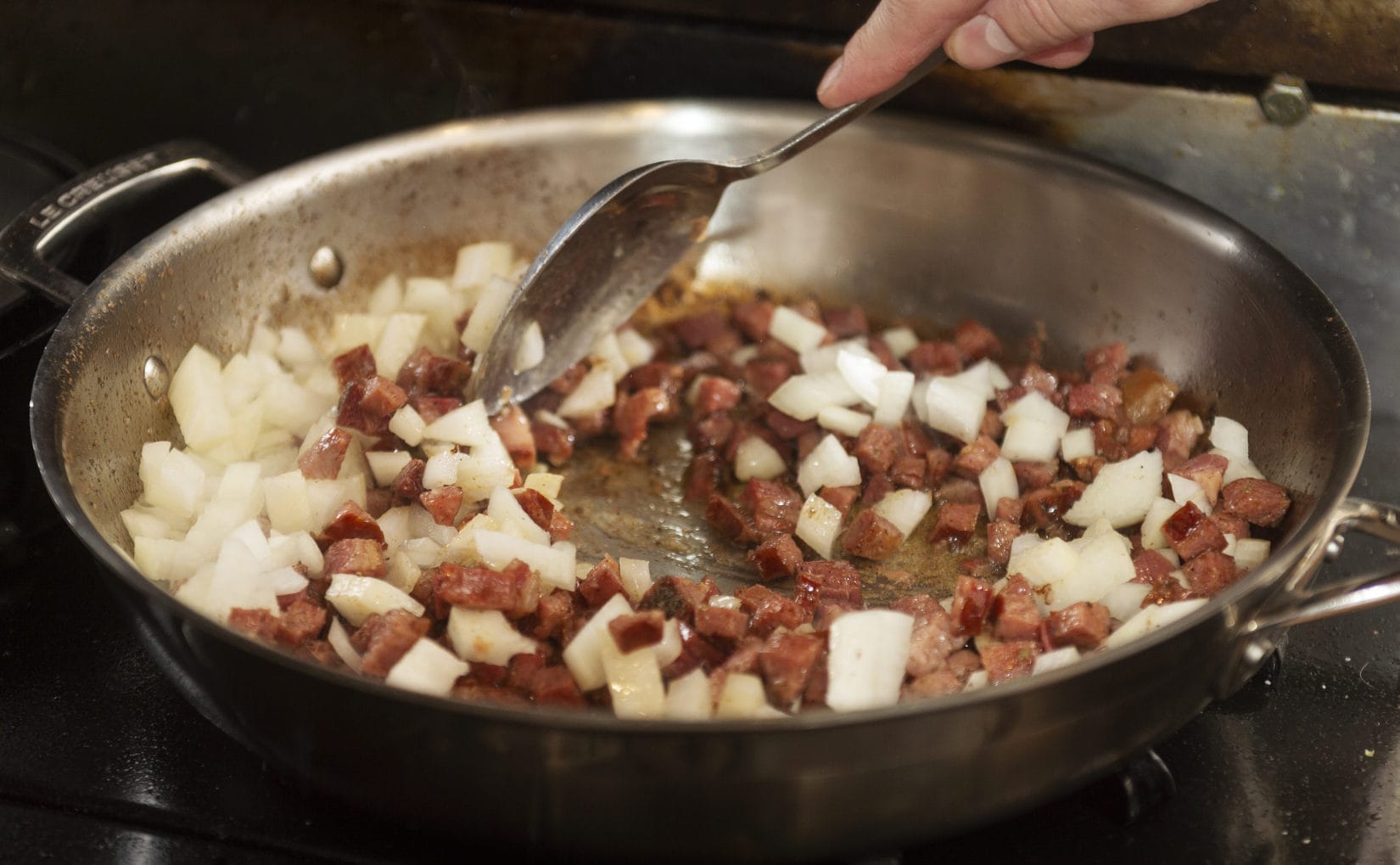
The dish is shrimp and grits, but there are so many other items that make the dish. If you can find some good andouille sausage or tasso ham, it will add a tremendous amount of flavor. Bacon, ham, Canadian bacon or spicy sausage can work as a substitute. I like to brown the meat, add in the onions until the edges start to brown, then remove them all and reserve till the end. After that, you can add all of the liquid and other aromatics to reduce the sauce. Aromatics include, but are not limited to, garlic, tomatoes, white wine, lemon juice, pepper flakes, onions and herbs. After the sauce’s flavors have had time to meld, the meat and onions can be added back in the pan along with the shrimp. A generous amount of butter can be whisked in once the shrimp are cooked. Toss in the chopped parsley and season to taste. Spoon out a portion of grits onto each plate and top with a heap of the shrimp with sauce. The combination of the creamy grits and the spicy shrimp are worth the wait.
Shrimp and Grits
Makes 4 Servings
Grits
5 cups milk or other liquid
1 to 2 ounces butter
Place your grits inside a tall container, bring liquid to a simmer separately with a heavy pinch of salt. Pour it liquid over dry grits. Stir vigorously with a spoon and watch pieces of chaff start floating to the top. Use a small strainer or perforated spoon to scrape off the floating chaff from the liquid. Repeat the process of stirring and scraping off the chaff another 3 or 4 times. Place the container in the refrigerator overnight or at least 4 to 5 hours to soak. Stur once more the next day and remove any floating chaff. Strain liquid again and bring to simmer, add in soaked grits and reduce the heat to medium-low. Simmer for another 20 to 30 minutes until grits are tender, stirring frequently and adding more liquid if needed. Remove from heat and allow to cool slightly. Stir in cheese and butter and season with salt and pepper. Grits can sit if needed for 30 to 45 minutes until the rest of your dish is ready. Re-heat over medium heat with frequent stirring, add more liquid if needed.
Shrimp
2 Tbsp olive oil
4 to 6 ounces Andouille sausage, small diced (or another spiced sausage)
3 to 4 ounces Tasso Ham, small diced (or an other spiced ham)
1 Onion, small diced
4 Garlic Cloves, minced
1 cup water
1 cup white wine
1 lemon, juiced
1 tsp pepper flakes (optional, leave out for milder dish)
4 Tablespoons minced parsley
1 bunch green onions, thinly sliced
4 Tbsp butter, diced
In a large saute pan, cook diced andouille and tasso ham until lightly brown, add onion and cook until edges are starting to brown, and sausage and ham have started to develop crispy edges. Remove sausage, ham, and onion and reserve for later. Add garlic, tomatoes, water, wine, lemon juice, and pepper flakes. Simmer for 10 to 15 minutes until the flavors have melded and the liquid has reduced by about half. Add sausage, ham, and onion back into the pan along with shrimp and sliced green onion. Cook until the shrimp has turned from white to pink all the way through (cut into one). Add in the parsley and turn off the heat. Add all of the butter at once and stir constantly until the butter has emulsified into the sauce. Season to taste and serve on top of grits in a bowl or on a plate.

Brook Harlan is a graduate of the Culinary Institute of America in Hyde Park, New York. He is a culinary arts instructor at the Columbia Area Career Center.

